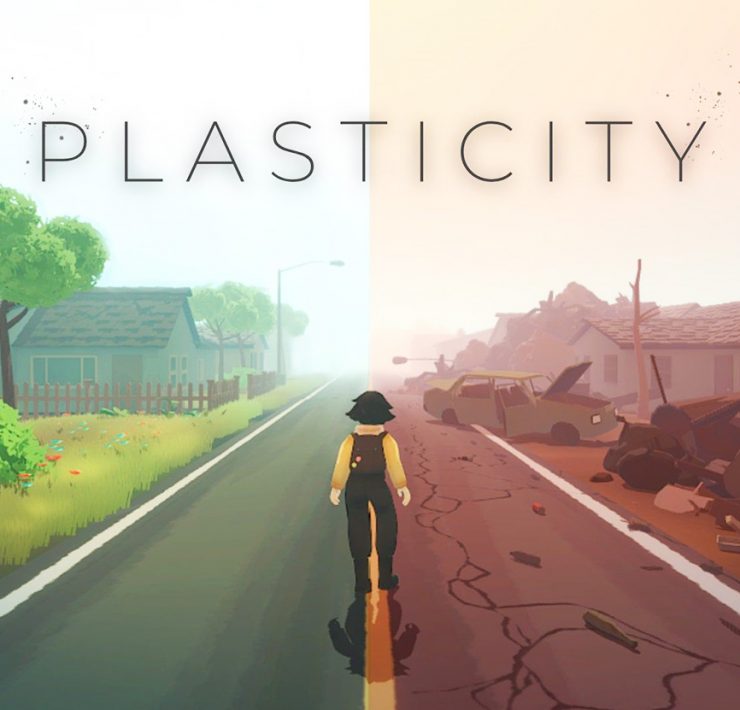Why Fast Fashion must go out of style
- The fashion industry is one of the biggest in the world, accounting for 2% of the global Gross Domestic Product. It is also one of the biggest polluters on Earth—second only to oil.

Neha is a literature, classic rock and football enthusiast with…
Did you know?
- Globally, we now consume about 80 billion new pieces of clothing every year—400% more than we were consuming just two decades ago.
- The average person buys 60% more items of clothing and keeps them for about half as long.
- Even the average number of times a garment is worn before it ceases to be used has decreased by 36% – only to end up in landfills polluting groundwater, instead of being re purposed through the correct channels of recycling.
Yet, this is just the tip of the iceberg. Easy availability, affordability and ever-changing trends drive consumer demand in the fashion industry, which is cutting corners where it counts most – our planet’s resources.
There’s plastic on your pants!
Have you ever wondered what your clothes are made of and how they are produced? Polyester, Nylon and Acrylic (the synthetic fibers most favored by fast fashion brands) are basically a kind of plastic made from petroleum, which take up to 200 years to break down. Astonishingly, 63% of textile fibers are derived from petrochemicals; which means a lot of your wardrobe is probably plastic. Every time we wash these materials, they shed millions of plastic microfibers, which are particles of plastic below 5mm in size and thinner than a human hair. These threads are so small that they drain out of our washing machines, and pass straight through wastewater treatment plants into our seas and oceans. There they persist indefinitely, posing a serious threat to aquatic life and us. Small creatures such as plankton eat the microfibers, which then make their way up the food chain to fish eaten by humans.
‘63% of textile fibers are derived from petrochemicals; which means a lot of your wardrobe is probably plastic.’
Cotton doesn’t breathe easy either
Natural fibers like cotton wreck as much havoc on scarce natural resources such as water. The water used to grow cotton in India could cover 85% of the country’s daily water needs, and yet 100 million people in India do not have access to drinking water. It takes 2,700 liters of water to make ONE cotton T-shirt; that’s how much water a person drinks in 2.5 years of his or her life!
‘The water used to grow cotton in India could cover 85% of the country’s daily water needs.’

And the carbon footprint is whaaa…?! Textile production is very carbon intensive and clothing production emits more greenhouse gases than shipping and aviation combined. Every second, the equivalent of one garbage truck of textiles is landfilled or burned. If nothing changes, by 2050 the fashion industry will use up 25% of the world’s carbon budget. And only once catastrophe strikes, will fast fashion finally be forced to slow down.
‘If nothing changes, by 2050 the fashion industry will use up 25% of the world’s carbon budget.’
- Look at that new shirt/skirt/trouser – if you don’t think you’ll wear it more than 30 times, walk away
- If you absolutely must buy, consume consciously and responsibly by reading the labels first. Look for the ‘Made From’ on your label – is your item made from Natural Fabrics like Cotton or Synthetic Fabrics like Polyester or is it a blend? Natural is always better! With Natural Fabrics, Material Certifications like GOTS (Organic Cotton Certification) are preferred. Care Instructions on Labels is important as the better you follow them, the longer your clothes will last, and stay out of landfills.
- Recycled materials are your best choice, as something that already exists reduces the pressure on virgin resources and tackles the burden of one more thing to dispose off. You can use Rental Services like Flyrobe or The Clothing Rental for big day events.
- Increase the life of our clothing by adopting simple measures like washing as infrequently as possible in cold water, washing only when the machine is full, line drying and stitching in time!
The clock is ticking. The fashion industry must align itself with the only trend that matters – sustainability.
Neha is a literature, classic rock and football enthusiast with a love for travel. A full-time Mommy Blogger, you’ll often find her reading to her daughter or looking up the best substitute to anything plastic!







